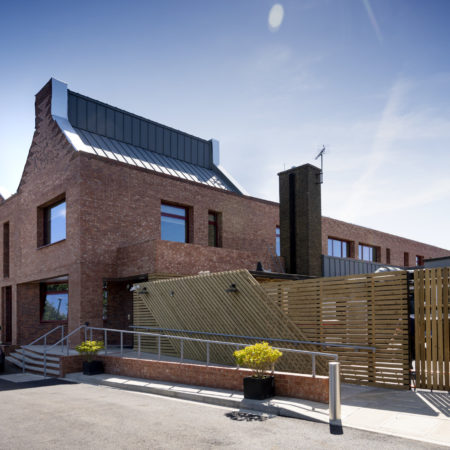Three Essential Elements That Deliver Multi-Project Economies of Scale
In theory it should be possible to build new schools with common design elements and achieve massive economies of scale across multi-project programmes. Historically, these economies – whether we’re talking time or cost – have been elusive.
But a lot has changed in the world of education construction. Today, significant economies are possible if there are three key elements in place.
Construction Technology
The first element is changing the way we build to deploy modern offsite methods as fully as possible. With a traditional model a standardised design element takes pretty much the same time and cost to create – however many times you do it. Manufactured construction, on the other hand, can benefit from mass production methods.
Offsite standardisation and system build solutions don’t mean that every new school or extension has to look identical. While standardising the product as much as possible there’s still plenty of scope to adapt the size, shape and spatial layout of a new school to suit individual needs and site constraints.
Similarly the external cladding and the size, shape and location of glazed elements can be adapted to fit planning constraints and the orientation of the building. This helps to optimise natural light and ventilation. Intelligently designed spaces can still be created from standardised elements.
Procurement
Piecemeal procurement breeds caution. It’s probably a truism that multi-project economies of scale need programme-based procurement models to become real. With longer-term horizons it’s possible to innovate more consistently and plan procurement right down through the supply chain to multiply efficiencies.
The same far-sighted approach needs to be adopted to balance risks and rewards more fairly among all partners. In this way everyone benefits from what we jointly learn and improve.
Stable Partnerships and Supply Chains
Every new partnership has a learning curve and cost. And if the partners are consistent from project to project it’s easier to apply lessons from one building to the next. Stability overcomes significant barriers to delivering the maximum possible economies of scale.
Osborne’s business model is highly partnership-based. Through long-term relationship building we aim to deliver education building programmes that bring real economies of scale as well as improving the lives of the students and staff who will use the new facilities.
For more information take a look at our resource centre or contact Mike Peskin ([email protected]).

